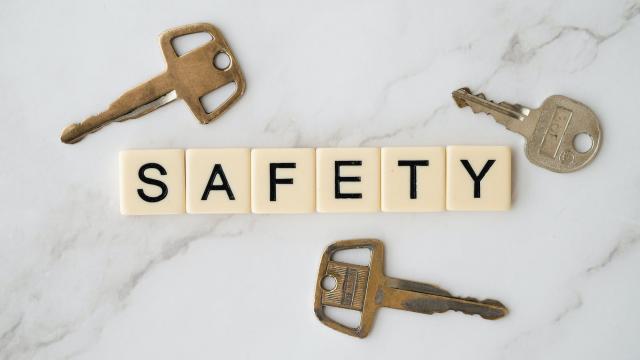Safety Ministry and Continual Improvement
Establishing a church safety ministry and continually improving security protocols are fundamental for maintaining a culture of safety in churches. This series delves into developing a church safety ministry and covers key topics in church safety and security. It provides a step-by-step guide for starting a church safety ministry and offers strategies for overcoming obstacles and gaining support from congregations. The importance of maintaining a culture of safety and security is highlighted in articles that focus on introduction to church safety and security, the role of church safety teams, and effective communication and reporting. Furthermore, the series emphasizes the significance of continuous evaluation and improvement of security measures and maintaining a culture of safety in the church. By prioritizing safety ministry and continual improvement, churches can ensure the ongoing effectiveness of their security initiatives.

In an era where technology's wave washes over diverse sectors, religious institutions are not immune to its influence. Churches today recognize that they sit on the cusp of a fundamental shift – the weaving of technology into the tapestry of security measures. Enhancing church security is not a novel concept, but the influx of advanced technology provides a renewed approach to ensuring safety within these sanctuaries of peace and fellowship.

The importance of effective communication and reporting within the church security team cannot be underestimated. Clear and efficient communication is a cornerstone of a well-functioning security system in any organization, and churches are no exception. In this section, we will explore the significance of effective communication and reporting, highlighting the need for seamless information flow and the impact it has on overall security measures. By establishing clear channels of communication and utilizing proper reporting techniques, churches can enhance their security efforts and create a safer environment for their congregation.
Read more: Effective Communication and Reporting for Church Security

The establishment of a church safety ministry and the continual improvement of security protocols are essential for ensuring a culture of safety within churches. This section provides an overview of the importance of developing goals and objectives that align with the identified threats in the risk assessment and guides the creation of specific scenarios for proactive security measures. Additionally, this section discusses the significance of response time, decision-makers, and possible courses of action for effective incident management.
Read more: Developing Goals and Objectives for Church Security

Safety and security are fundamental in any church setting, as they should provide congregants and visitors with a sense of sanctuary and peace. To establish and maintain a culture of safety, churches must prioritize the establishment of a church safety ministry and continually improve security protocols. This article delves into the components and responsibilities of the Church Safety Ministry, emphasizing its crucial role in ensuring the safety and well-being of the church community.

Church safety and security are paramount in creating a safe and welcoming environment for congregations. Establishing a robust safety ministry is essential for maintaining congregation and property protection. In this section, we will explore the significance of Church Safety and Medical Teams and the crucial role they play in ensuring the safety and security of churches.

In today's world, ensuring the safety and security of churches has become an increasingly critical issue. The rising number of incidents involving violence and vandalism targeting houses of worship has brought the need for comprehensive church safety and security measures to the forefront. As congregations gather to worship and seek solace, it is essential to recognize the potential threats they may face and take appropriate steps to mitigate them.

The establishment of a church safety ministry is essential for ensuring the security and well-being of congregations. By developing robust safety protocols and continually improving them, churches can create a culture of safety that instills confidence and peace of mind among their members. In this article, we will explore the challenges that both supportive and hesitant congregations may encounter when embarking on this crucial journey. By addressing these obstacles head-on and providing guidance and strategies, we aim to help churches gain the support needed to establish and maintain an effective Safety Ministry.

Churches today face various risks that can compromise the safety and security of their members and attendees. Conducting a thorough risk assessment is imperative to identify potential vulnerabilities and develop effective security measures. In this section, we will delve into the importance of risk assessment in churches and explore the key steps involved in this process.

A safe and secure environment is paramount for every church community. Ensuring the well-being of congregants and maintaining a sense of security is fundamental to fostering a culture of faith and trust. However, recent incidents have highlighted the vulnerability of religious institutions, making it imperative for churches to establish a dedicated Church Safety Ministry. This ministry plays a crucial role in proactively addressing safety concerns, developing robust protocols, and effectively responding to emergencies when they arise.